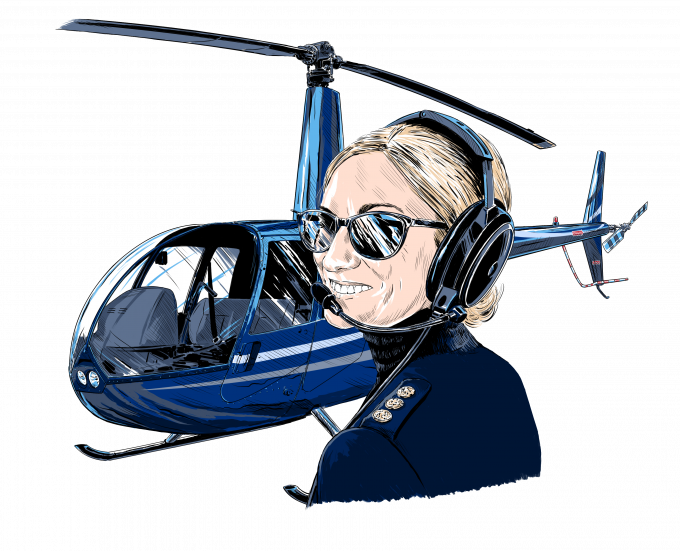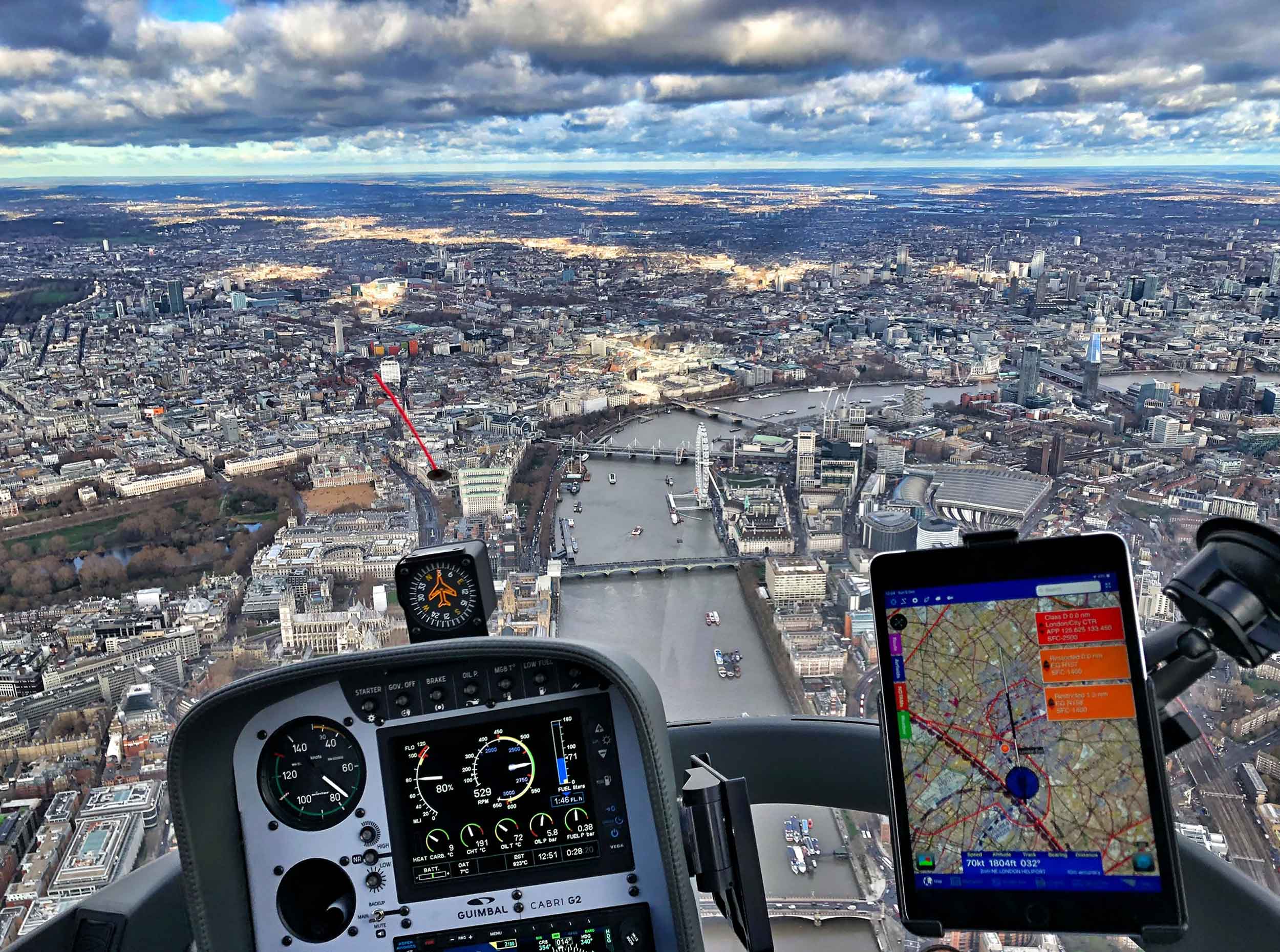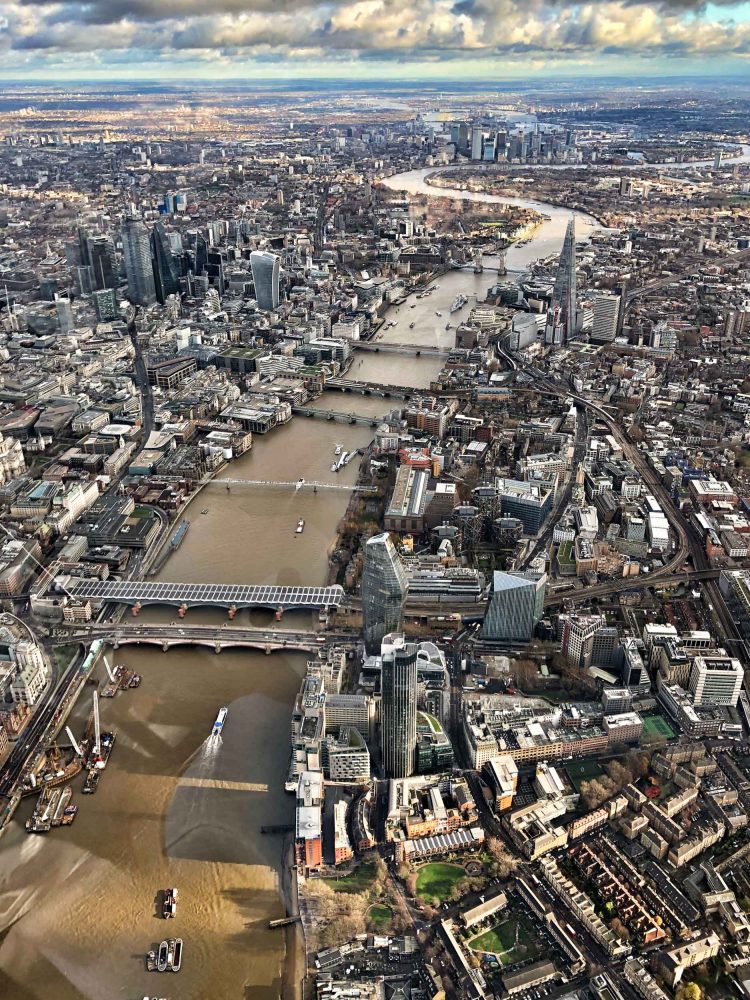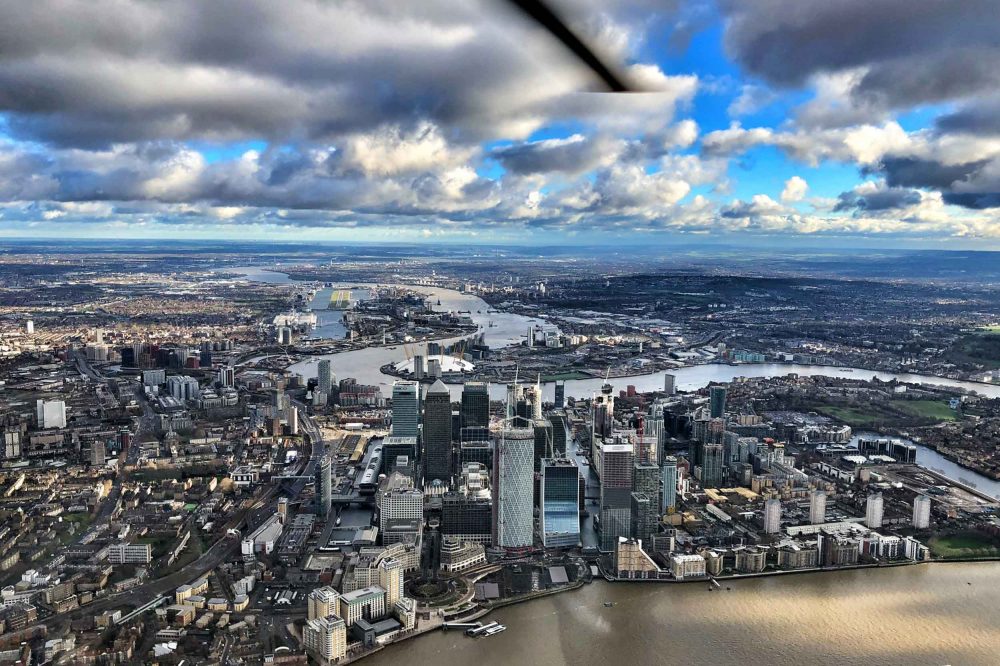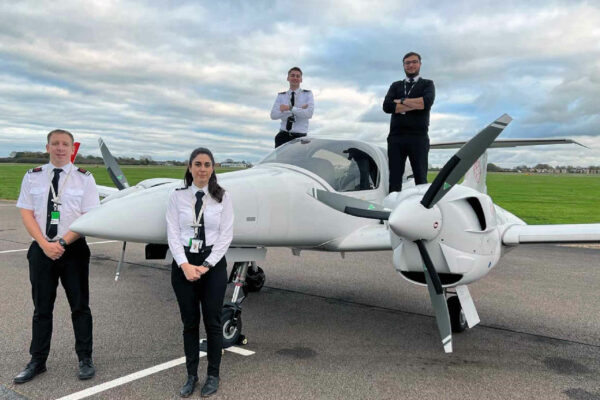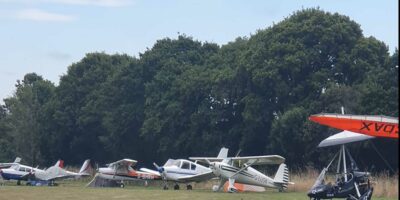I hadn’t flown a non-Robinson helicopter before that trip, so the Cabri was the first novelty of the day and worthy of a brief digression.
It’s an impressive little machine, with a beautifully designed cockpit and three-blade rotorhead that means you can, in theory, chuck it about a bit more than a Robbo (something I learned the following year on a demo flight that was anything but straight and level).
It’s the work of Bruno Guimbal, an ex-Eurocopter/Airbus engineer, and the rotorhead and fenestron tail rotor are essentially downsized versions of bigger Airbus helicopters such as the EC120.
In practical terms, the two big differences for a Robinson pilot (bar the glass cockpit) are the fenestron – which I found required more firm rudder input than I was used to – and the fact that the pedals work the opposite way round to those of the Robinson, which takes a bit of getting used to.
I also found the controls quite a lot heavier. Although a slight exaggeration, the best way I can describe it is that it’s like flying an R44 with the hydraulics off!
All in all, this half-hour flight was a bit of a baptism of fire: a new machine, and the intimidating prospect of flying into the London CTR. The latter is the reason why you can’t just bumble into the heli lanes solo as soon as you get your licence. You need proper training to learn the strict procedures required and your RT needs to be flawless.
Fortunately, I had Dave in the left seat and he handled the radio – Heathrow Radar for central London. There’s a lot to get right and software such as SkyDemon or RunwayHD is essential. The route itself must be followed carefully, both your track across the ground and your altitude, and there are reporting points marked on the chart along the way.
The altitude restrictions change frequently from route to route, so you have to be careful not to fall foul of those. H4 is 2,000ft for VFR (1,500ft for SVFR), and as Dave told me, it’s best practice to fly as high as possible within that.
That’s to give yourself as much height as possible if you need to enter autorotation, and also to keep the noise levels down for the people on the ground.
So, accurate flying is the order of the day, and when the views are this good, the challenge is even greater. It’s not hard to stay on track on H4 – you just follow the river, bends and all – but there’s so much to see that you have to keep reminding yourself to check your altitude.
You also have to listen very carefully to the radio, both in case the controller wants to talk to you and to maintain situational awareness of other helicopters in the vicinity.
When you’re used to flying around the countryside over open fields, London is an altogether different experience. It feels almost counterintuitive to be flying over such a built-up area, let alone one where you’re zipping past world-famous landmarks and you’re only 1,000ft above the Shard.
I think I must have been grinning from ear to ear all the way along H4, so blown away was I by the whole experience. I handed control to Dave a few times so that I could take photos, but even without going into tourist mode I’d want to do the heli lanes a few times with an instructor before attempting them on my own.
The workload is high, but the effort is richly rewarded. Perhaps a goal for 2023?


